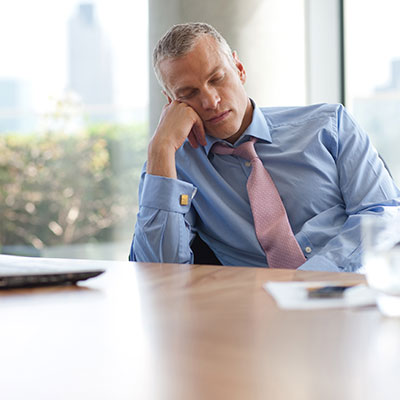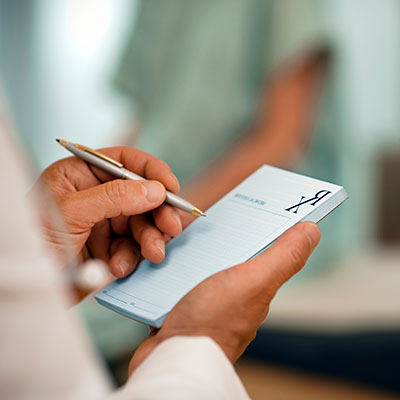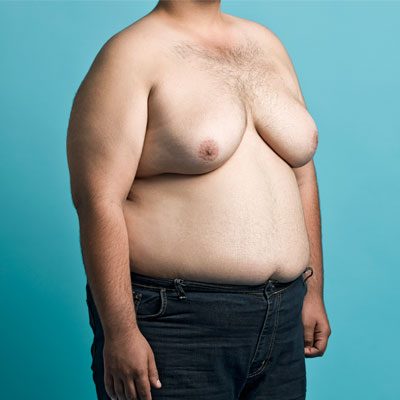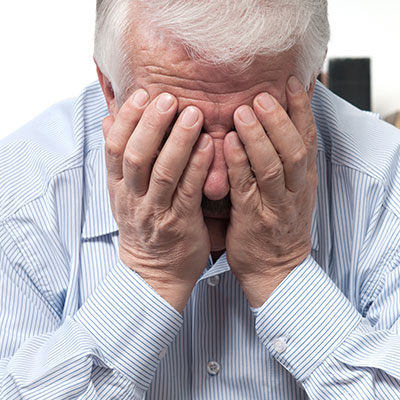What Are the Signs and Symptoms of Testosterone Deficiency?
Contents
There are many signs and symptoms of te stosterone deficiency.
Testosterone deficiency is when your body is not producing enough testosterone. There can be several causes for a testosterone deficiency, but the most common reason for low testosterone is the steady decline in testosterone that occurs as men and women age.
Testosterone deficiency occurs when your body isn’t able to make enough testosterone. This can be a problem because testosterone is a major hormone that regulates or influences many of the bodily processes that keep you strong and vital.
A testosterone deficiency is when your body does not produce enough testosterone.
What is Low Testosterone?

There can be many reasons for testosterone deficiency or low testosterone. But one of the most common reasons in men, specifically, is the gradual loss of testosterone that occurs as all men age.
Testosterone plays a vital role throughout a man’s life. Testosterone production and release begins in the womb, and in fact, it is this release of testosterone that starts to differentiate a male fetus from a female fetus. Testosterone production continues through adolescence until it reaches its highest level at about the age of eighteen.
In most men, their testosterone levels will stay at or pretty close to that maximum level through their 20s. Then, once you are over 30, your testosterone level will start on a steady downward slope. By the time you are over 40, most men will be feeling the negative impacts of low testosterone. This type of low testosterone is known as age-related testosterone deficiency, a condition also sometimes referred to as “andropause.”
What Are the Specific Signs/Symptoms of Testosterone Deficiency?
The American Urology Association defines low testosterone as less than 300 nanograms (ng) of the hormone per deciliter (dl) of blood. They have also reported that about 2 in every 100 men have low testosterone.
Here are some of the common, specific signs of low testosterone or testosterone deficiency in men. (Some of these also can impact women with low testosterone.)
- Erectile Difficulties
- Hair loss
- Reduced bone mass
- Reduction in testicle size
- Reduction in sperm count and/or semen volume
- Disturbed sleep
- Lowered libido or sex drive
- Reduced muscle mass
- Hot flashes
- Loss of energy
- An increase in body fat
- Changes in mood or mood swings
What Are Some of the Non-specific Signs/Symptoms of Testosterone Deficiency?
There are also some less specific or more general indications that could lead your healthcare provider to suspect you are suffering from a testosterone deficiency. However, the less common signs of low testosterone rarely occur alone, without also the presence of at least some of the more common signs.
Some of the less common or non-specific signs of testosterone deficiency include:
- A decrease in hemoglobin and mild anemia
- A decrease in body hair
- Thinning of the bones (osteoporosis)
- Increased body fat
- Breast development (gynecomastia)
- Infertility
Testosterone Deficiency Causes

Several factors can contribute to an acquired testosterone deficiency. Not getting enough exercise, doing the wrong kinds of exercise, a poor diet, and metabolic conditions such as diabetes can lead to low testosterone. However, the most likely cause of testosterone deficiency is the normal drop in testosterone levels that occur as you age.
While there can be many reasons for testosterone deficiency, the condition primarily affects older men. This is because once a man is over 30, the level of testosterone in his blood starts to drop significantly. This type of age-related testosterone deficiency in men is similar to menopause in women. It is, therefore, sometimes referred to as “andropause.”
However, unlike menopause, which happens at a specific time in a woman’s life, andropause in men develops more slowly over time. Once a man is over 40, his testosterone level will drop by as much as 2% per year. By age 70, the average man’s testosterone production is about half of what it was in his 20s.
Testosterone levels are measured in nanograms per deciliter (ng/dL). Typically, the normal range is 300 to 1,000 ng/dL. Anything below 300 ng/dL is considered low testosterone.
Doctors who treat low testosterone recognize two types of testosterone deficiencies: primary and secondary testosterone deficiency. Often primary and secondary testosterone deficiency occur together.
- Primary Testosterone Deficiency – When you have a primary testosterone deficiency, that means that you don’t have enough testosterone due to a problem in the organs that make testosterone.
- Secondary Testosterone Deficiency – In a secondary testosterone deficiency, there is a problem in the areas of the brain that signal the sex organs to make or release testosterone.
Both men and women can experience the signs and symptoms of testosterone deficiency, but it is a more common and can be a more serious problem in men.
Testosterone Deficiency Treatment

Testosterone therapy is only available with a doctor’s prescription. Your doctor will prescribe testosterone replacement after your testosterone levels have been tested. If your levels are low enough to be diagnosed with a testosterone deficiency, you will be prescribed testosterone replacement therapy.
Our doctors have found that testosterone injections are the safest and most effective form of testosterone therapy. You can not buy testosterone injections online or without a doctor’s prescription.
If you are experiencing the signs and symptoms of testosterone deficiency, you can obtain a prescription for testosterone injections by following these five simple steps:
- Step 1 – Fill out an online medical history form – This first step is the only step in getting treatment for testosterone deficiency that can be done online.
- Step 2 – See a doctor –If your online medical history form shows that you are a good candidate for testosterone replacement therapy, the next step is to see your doctor. He or she will discuss your medical history in further detail, ask you more about your symptoms, and take a complete physical exam.
- Step 3 – Laboratory hormone testing – Once you have completed your physical exam, you will be referred to a laboratory to be tested for testosterone deficiency.
- Step 4 – You will obtain a prescription for a program of testosterone injections – If the results of your laboratory tests show that you do have a testosterone deficiency, your doctor will prescribe a dosage of testosterone injections to suit your needs and lifestyle.
- Step 5 – Your testosterone will be delivered to you – Your prescription for testosterone injections will be forwarded to a pharmacy that we work with that specializes in filling prescriptions for testosterone. The pharmacy will deliver your testosterone therapy supplies to you, per the doctor’s instructions.
When taken correctly, under a doctor’s supervision, testosterone injections are the safest and most effective way to treat men and women showing the signs and symptoms of testosterone deficiency.
The best treatment for testosterone deficiency in men and women is testosterone replacement therapy.
Most Recent Research on Low Testosterone
There is a lot of ongoing clinical research into the causes of testosterone deficiencies and how to best treat them.
In 2015 a multi-disciplinary guideline on the management of testosterone deficiency in men was published in the Journal of the Canadian Medical Association. The guideline is “intended to address clinical questions surrounding the diagnosis of testosterone deficiency and the appropriate use of testosterone replacement therapy in the management of these patients.”
One of the main conclusions of the guideline was that testosterone replacement therapy was “highly recommended” for “men with documented testosterone deficiency syndrome and no contraindications….”
A 2019 piece in the Journal of the American Medical Association said that “Testosterone is important for muscle mass, bone strength, hair growth, and sexual function. Low testosterone can cause symptoms such as low energy, poor concentration, depression, low libido, and erectile dysfunction.”
A 2016 study found that testosterone therapy improved cognition in men with testosterone deficiency syndrome. This study published in the Journal of the Canadian Urological Society said, “The group that received testosterone replacement therapy experienced significant increases in serum testosterone levels, along with improved scores in tests for cognition and memory.”
This study also concluded that “Testosterone replacement therapy does not appear to be associated with increased risk for prostate cancer or death due to cardiovascular disease.”
Now that you know a bit more about the signs and symptoms of testosterone deficiency, why not contact us today and learn more about the many life-changing benefits of growth hormone therapy.
FAQ
How Does Low Testosterone Affect My Sex drive?
Low testosterone can lower the libido or sex drive - your desire to have sex-- in both men and women.
Can Low Testosterone Affect My Ability to Get and Achieve An Erection?
Yes, men with low testosterone are much more likely to be afflicted with erectile dysfunction or ED. Testosterone is a precursor to the release of nitric oxide during sexual arousal, which starts several reactions that result in an erection.
Can Low Testosterone Affect Muscle Growth?
Yes, testosterone plays a role in the development of muscle mass. Testosterone deficiency often results in significant loss of muscle mass.
Can Low Testosterone Affect Hair Loss?
Men and women experience hair loss as they age. Often this is the result of age-related testosterone decline. There have been studies that have indicated testosterone replacement as a possible adjunctive treatment to other medical hair loss treatments.
Does Low Testosterone Affect Energy Levels?
Yes, one of the main signs of low testosterone is a decrease in energy. Testosterone is essential to how well your body turns the calories in the food you eat into energy. Testosterone deficiency lowers metabolism and decreases cellular energy levels.
Does Low Testosterone Affect Body Fat?
Yes. Just as low testosterone lowers your metabolism and decreases the energy obtained from the calories in the foods you eat, your lower metabolism also causes more of those calories to be stored as fat instead of converted into energy.
Does Low Testosterone Affect Bone Mass?
Yes. Men and women, in particular with low testosterone, are at a much greater risk of osteoporosis and age-related fractures from weakened bones due to bone loss.
Does Low Testosterone Affect Mood Swings?
There has been a great deal of evidence that suggests that men with low levels of testosterone are likely to experience a lack of focus, irritability, and depression.
Low testosterone also causes other mental and emotional health issues such as memory loss and loss of cognition. There has been evidence to suggest that testosterone replacement therapy can stave off the effects of senior dementia or Alzheimer’s Disease.
- Abdulmaged M. Traish, MBA., PhD., Martin M. Miner, MD., Abraham Morgentaler, MD., Michael Zitzmann, MD.
- University of Rochester Medical Center
- James A McBride, MD., Culley C Carson, MD., Robert M Coward, MD.
- Saad F, PhD., Röhrig G, von Haehling S, MD., PhD., DIC., FESC., FHFA., Traish A, MD.
Testosterone Deficiency Syndrome (Hypogonadism)
Diagnosis and management of testosterone deficiency
Testosterone Deficiency and Testosterone Treatment in Older Men




